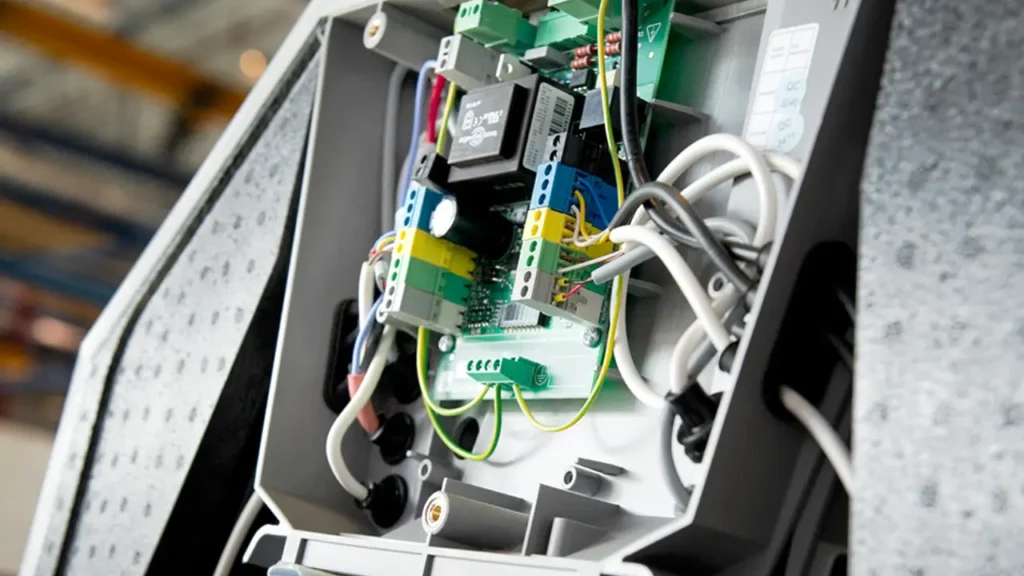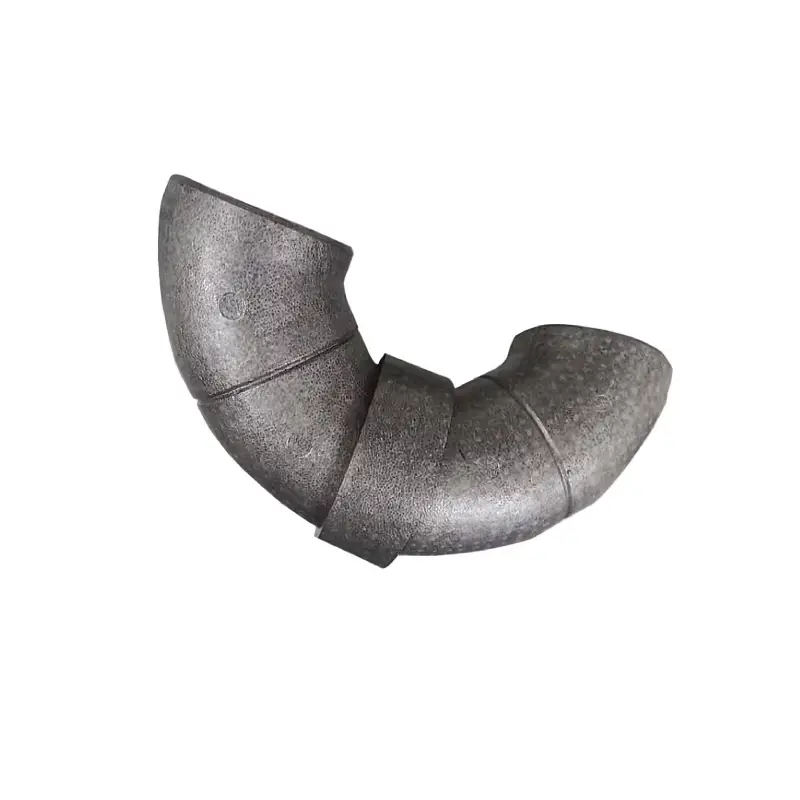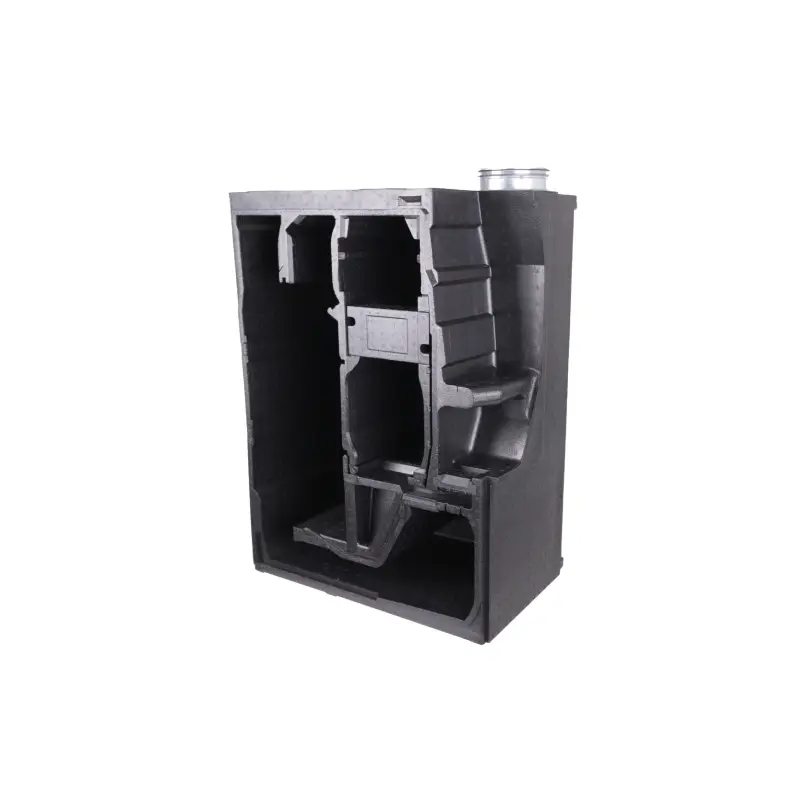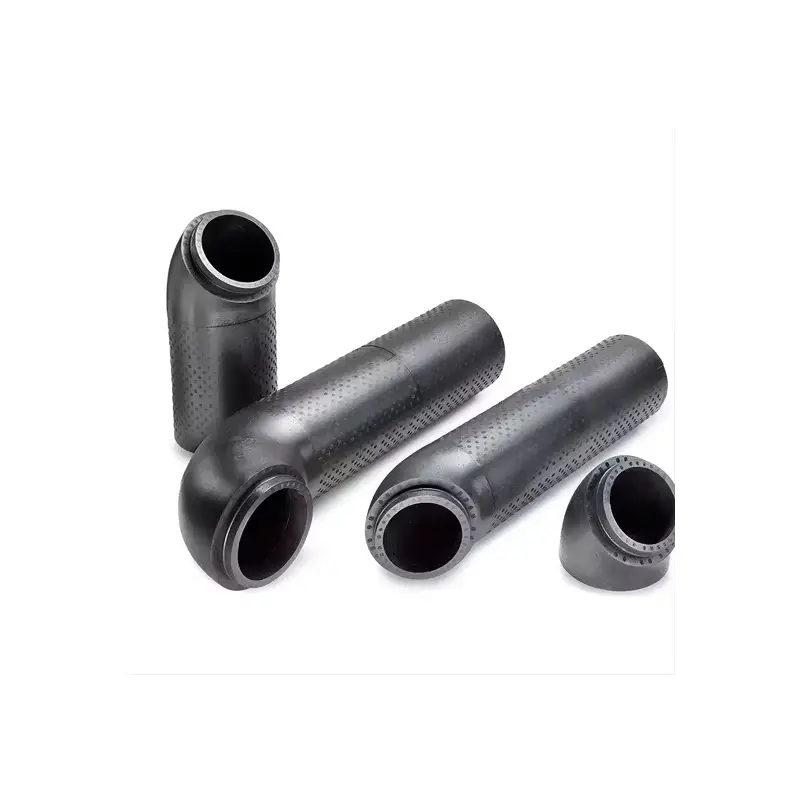What exactly is HVAC, and why does it matter so much to your comfort and utility bills? Heating, Ventilation, and Air Conditioning systems are the core of modern building climate control, but their efficiency is often compromised by traditional, heavy materials. We introduce EPP foam as a revolutionary upgrade.
Expanded Polypropylene (EPP) is changing the game for HVAC components. This lightweight, multi-purpose foam provides superior thermal and acoustic insulation, directly boosting your system’s energy efficiency. We will explore how EPP foam is the key to quieter operation and dramatically improved indoor air quality.
What is HVAC?

HVAC is an acronym that stands for Heating, Ventilation, and Air Conditioning, referring to the various mechanical systems used to regulate the indoor environment in buildings, vehicles, and other enclosed spaces.
The primary function of an HVAC system is to achieve thermal comfort, maintain optimal humidity, and ensure good indoor air quality by filtering and exchanging air, which involves the removal of heat, moisture, contaminants, and odors. These three functions are interconnected and work together to create a safe, healthy, and comfortable interior climate.
What Does a HVAC Do?
HVAC, or Heating, Ventilation, and Air Conditioning, is the foundational technology for regulating the indoor climate within commercial, industrial, and residential buildings. Its core purpose is to create a comfortable, healthy, and safe environment for occupants by precisely controlling the thermal conditions, air movement, and purity of the air. This integrated system of components ensures year-round comfort.
The HVAC system performs several vital functions simultaneously:
- Humidity Control: A critical, often overlooked function, it manages the moisture level in the air. HVAC systems dehumidify the air during cooling to prevent sticky conditions and mold growth or add humidity during heating to prevent overly dry air, which helps maintain comfort and health.
- Heating: This function uses components like furnaces, boilers, or heat pumps to add thermal energy to the air. The system generates and distributes warmth to maintain a desired indoor temperature during colder seasons, actively counteracting heat loss to the outside environment, all controlled by a thermostat .
- Cooling: Primarily managed by an air conditioner or heat pump, this process removes thermal energy from the indoor air. It extracts heat and excessive humidity using the refrigeration cycle and vents it outside, ensuring that indoor spaces remain comfortable and cool during the hot summer months.
- Ventilation: This is the process of exchanging or replacing air within a space to maintain Indoor Air Quality (IAQ). It involves circulating fresh outdoor air while removing stale air, odors, moisture, and airborne pollutants, such as dust and carbon dioxide, through ductwork and filtration.
EPP Foam for HVAC System



Expanded Polypropylene (EPP) foam is becoming an essential material for modern HVAC systems, moving beyond traditional plastics and metals. Its unique properties are crucial for manufacturers aiming to enhance a unit’s overall energy performance, acoustic comfort, and long-term durability.
EPP foam offers major benefits to HVAC system design and function:
Moisture and Chemical Resistance: The closed-cell material is inherently water-resistant and biologically neutral. This prevents the absorption of moisture, inhibits the growth of mold or mildew, and ensures that the material does not off-gas, all vital for maintaining healthy indoor air quality.
Superior Thermal Insulation: EPP’s closed-cell structure minimizes heat transfer, resulting in exceptional thermal resistance. This insulation ensures conditioned air maintains its temperature as it moves through ducts and housings, reducing energy waste and boosting overall unit efficiency.
Excellent Acoustic Dampening: Composed of 95% air, EPP effectively absorbs and dampens sound and vibrations. Using it for fan housings, components, and duct connectors leads to much quieter operation, significantly improving occupant comfort in both commercial and residential settings.
Lightweight and Durable: EPP has a high strength-to-weight ratio, making components lighter for easier installation and maintenance. Despite being light, it is highly resilient, offering excellent impact resistance and ensuring a long, reliable service life for the HVAC unit.
Conclusion
In summary, the transition to Expanded Polypropylene (EPP) foam components represents a clear and significant leap forward for the HVAC industry. By offering unmatched thermal performance, high-impact durability, and exceptional noise dampening, EPP directly tackles the common inefficiencies and comfort issues associated with older materials. Choosing EPP means investing in a quieter, more reliable, and substantially more energy-efficient climate control system.
Furthermore, EPP’s non-toxic, moisture-resistant, and chemically neutral properties are critical factors that contribute to cleaner, healthier air flow and drastically improved indoor air quality. It prevents the growth of mold and mildew, giving homeowners and businesses peace of mind about the purity of the air they breathe. EPP is the modern material of choice for sustainable construction.
To upgrade your product lines and take advantage of this high-performance material, we invite you to get wholesale EPP foam from our trusted supplier, Epsole. Contact us today to discuss your customization needs and ensure your next generation of HVAC systems delivers maximum efficiency and superior air quality.
